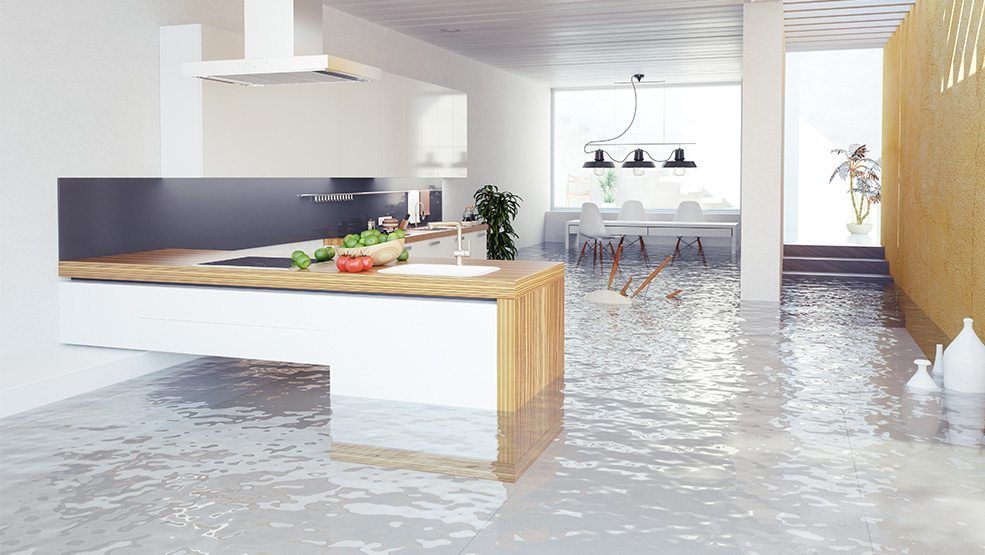4 Ways You Can Spot Water Damage Early In Your Rentals

Fall is officially upon us, and in this past month, we have been getting a lot of calls about water damage and leaks here at Keepe. Most of these calls are coming from the rainy Pacific Northwest, Portland and Seattle. Here are some interesting information and important how-to’s to prevent and mitigate water damage problems, especially with more cold, rainy days coming ahead of us.
Check Consistently:
The best time to check for leaks is after heavy rainfall or on hot humid days because pipes tend to sweat in high temperatures. However, it is certainly beneficial for property managers to take a more preventative approach by inspecting their properties more routinely, doing this about once a month.
Signs of Water Damage and Leaks:
Make sure to look at windows, sinks, showers, roofs, and toilets first as these are usually the most common origins of water leaks.
Here are some helpful tips to identify signs of water damage and leaks:
- An increased water bill. An uptick in your water bill would strongly suggest a leak somewhere in your plumbing system. This is especially helpful to identify leaks that are in places that are rarely visited, such as water leaks in attics or crawl spaces.
- Peeling/bubbling paint. This could strongly suggest that the pipes behind the walls might be leaking, causing water to seep through the wall and paint.
- Mold buildup. If you see mold building anywhere in your house, this could be a strong indicator of a water damage and leak. This is potentially caused by a moisture problem that has been accumulating for a long period of time.
- Soft spots on roofs, ceilings, and walls. Identifying these soft spots early on could save you a lot of time and money before letting it spread to other areas, causing a bigger, more expensive problem.
Identify and Mitigate Early:
It is extremely crucial to identify a water leak early because an ongoing leak can severely damage walls, ceilings, or even tenants’ belongings. In addition to that, when mold starts to form, this will also start to become a very expensive problem, especially if it is more than 10 square feet in size. The Environmental Protection Agency (EPA) has particular guidelines and requirements to deal with these larger moldy surfaces, most of which are very costly.
